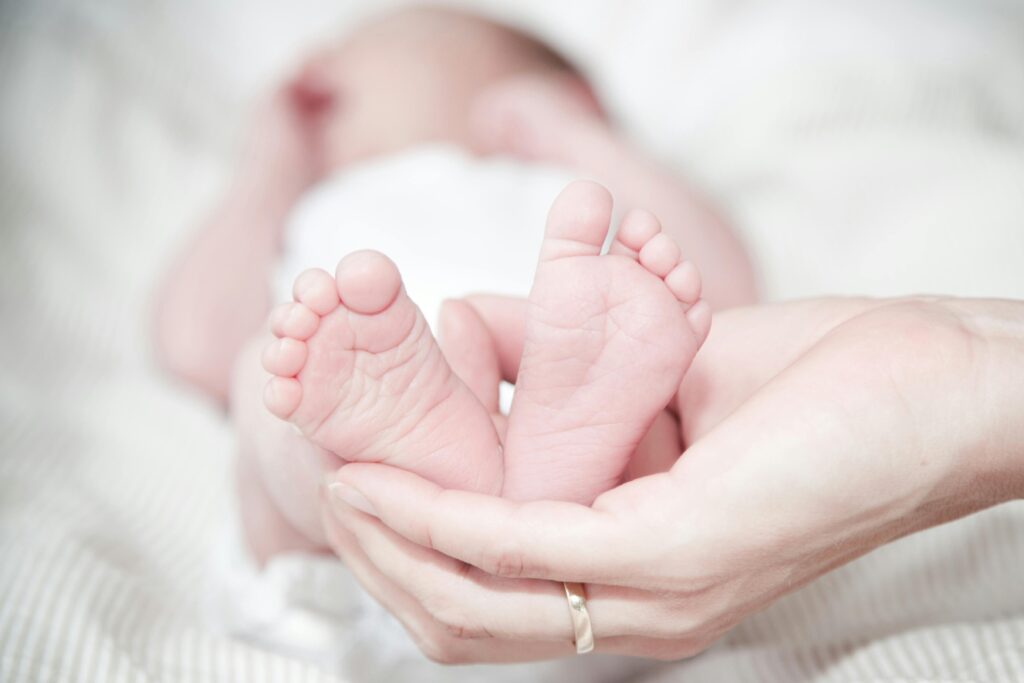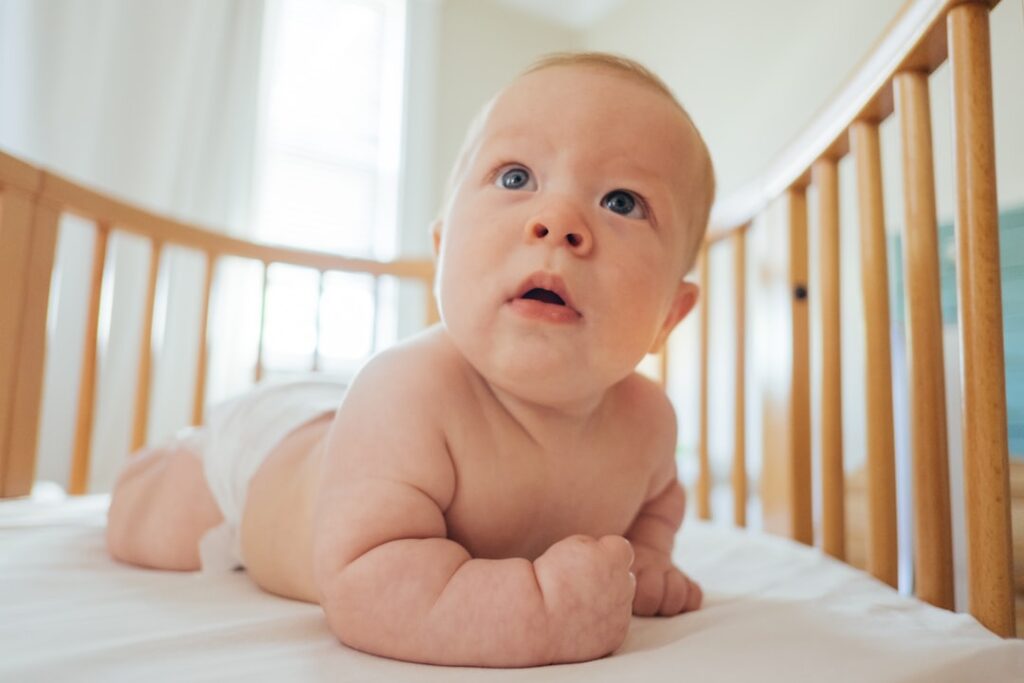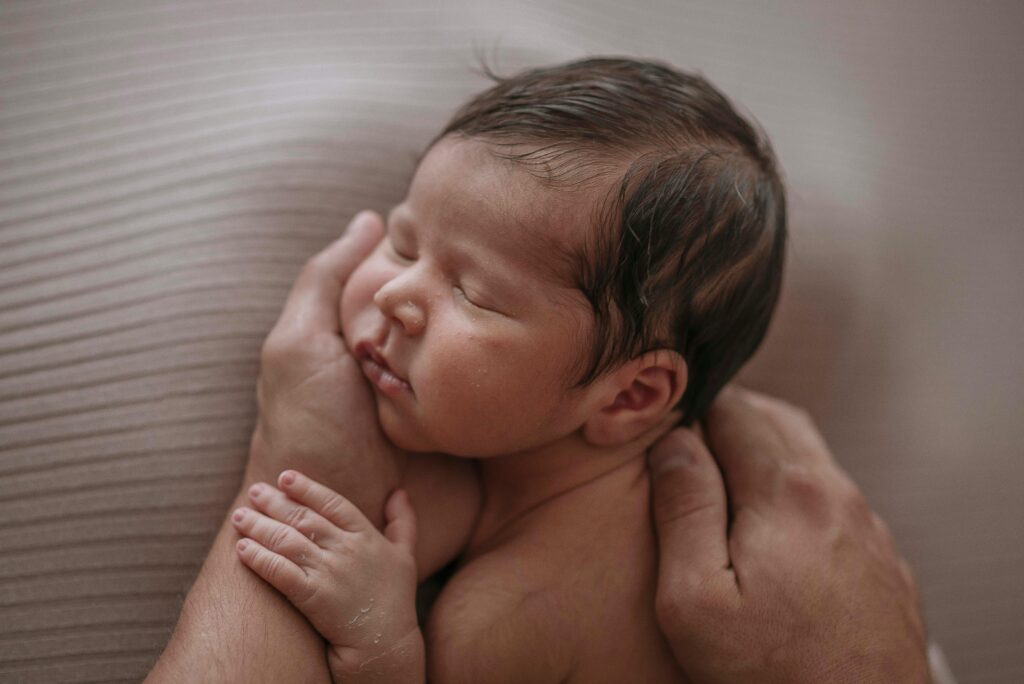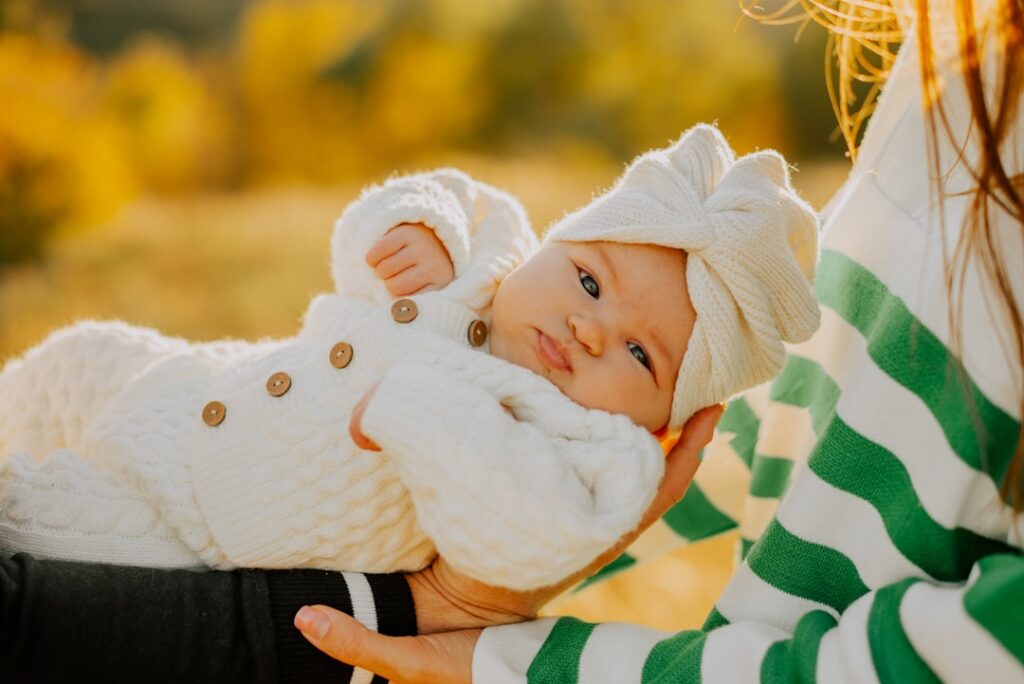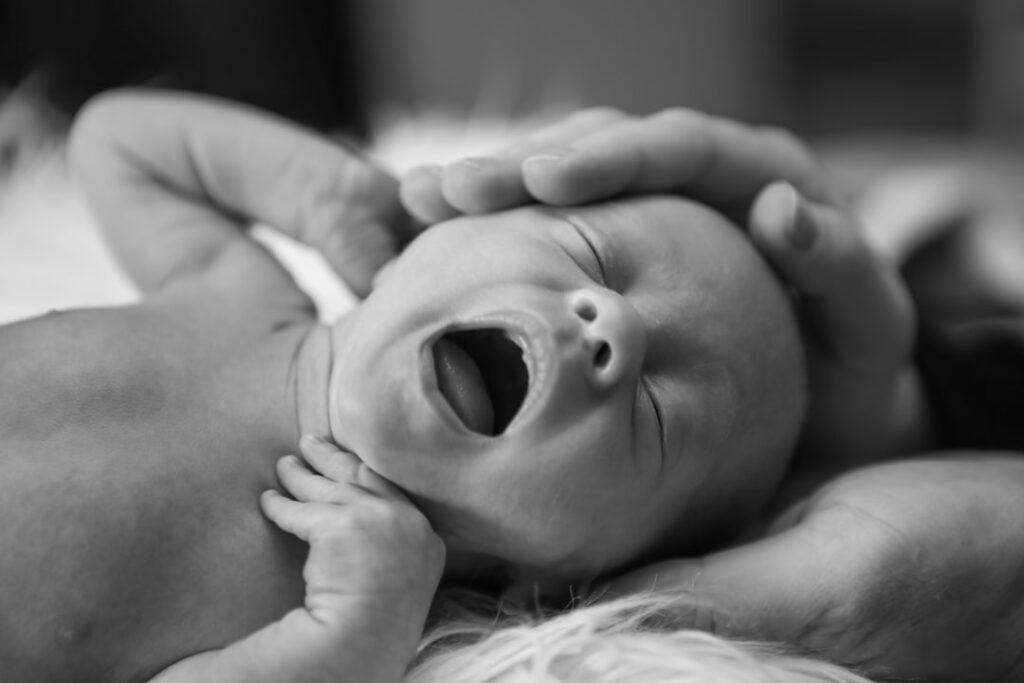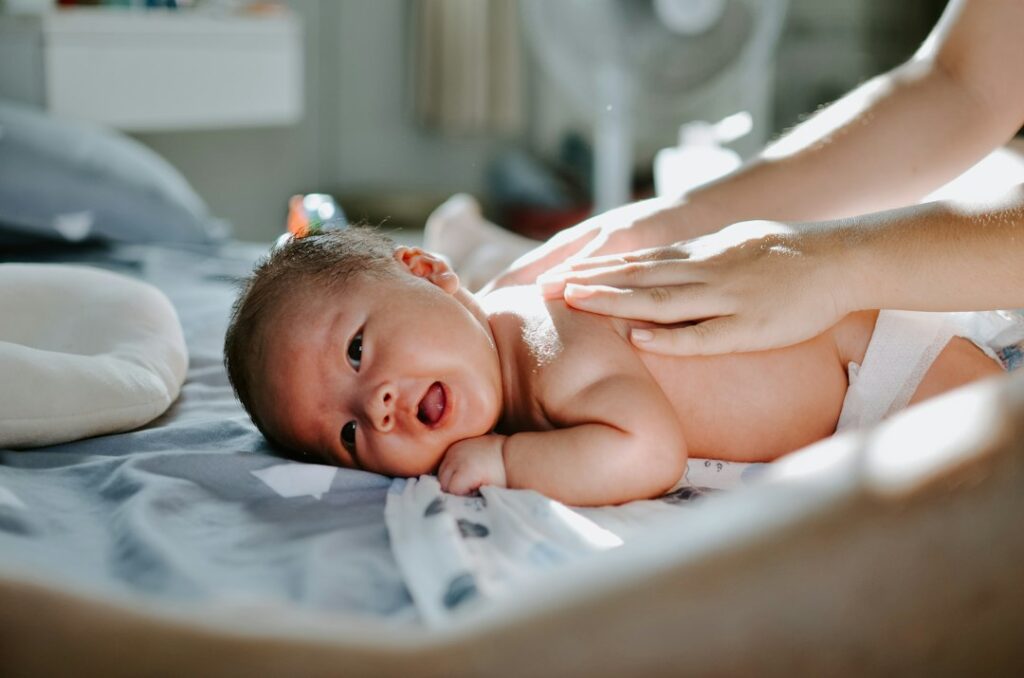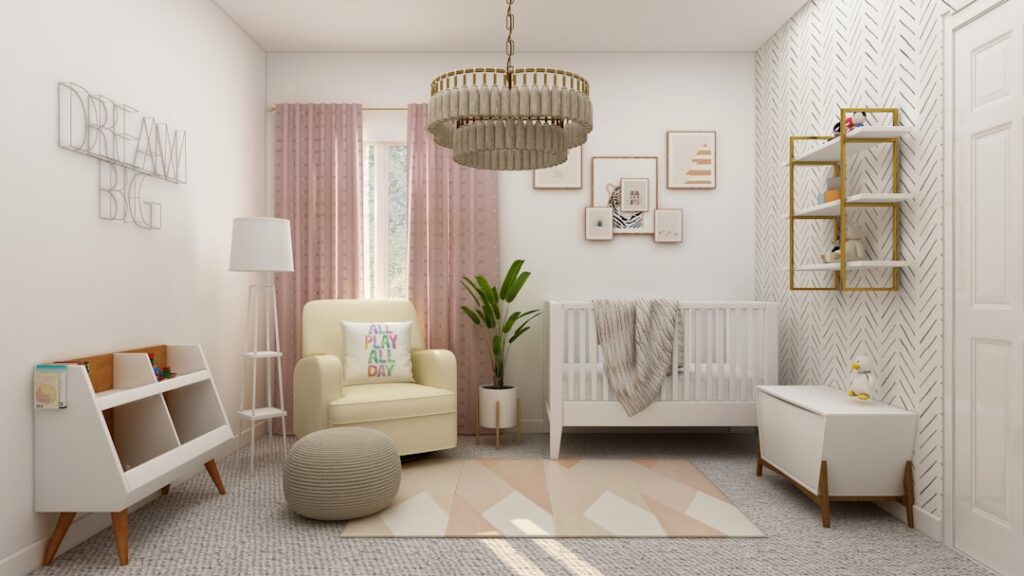Understanding Baby Sleep Cues: What to Look For
Understanding Baby Sleep Cues: What to Look For Read More »
Naps, Postnatal Sleep Health, Sleep Schedule, Sleep TrainingUnderstanding Baby Sleep Cues: What to Look For Newborn sleep doesn’t come with instructions, and as any new parent quickly learns, deciphering when your baby is tired can feel like cracking a secret code. But once you understand your baby’s


